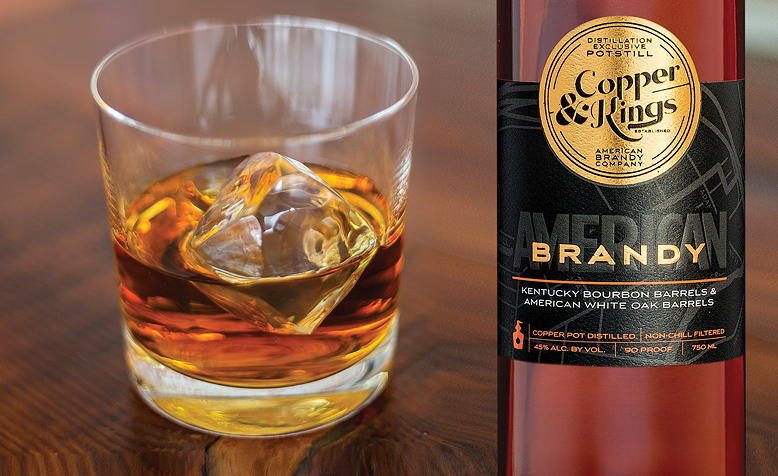
Another boat lifted by the rising tide of interest in artisanal spirits is brandy. In October 2017, according to government statistics, American distillers produced more than twice the amount of brandy they did the previous October. That put brandy second to whiskey for the month, dwarfing rum, gin and vodka combined.
Brandy shines as a semi-sweet replacement for whiskey in fruited cocktails like the Old Fashioned and the Sazerac. It boosts wine drinks like sangria and further warms a winter toddy.
“You can mix it with anything,” says Eric Sobalvarro of the Barrow House in Clifton. He puts a brandy cocktail on his list every season. “Winter is a really good time to use it because it plays the same role as whiskey but is friendly, sweeter and not as spicy.”
Brandy is distilled from fermented fruit juice, usually grape. Cognac is a French brandy distilled from grape wine. Brandy can also be made from other fruits.
Laird’s Applejack, distilled from apple cider and neutral grain spirits, was New Jersey’s—and America’s—original distilled spirit, supplied to George Washington and his troops. Today, the eighth and ninth generations of the Laird family run the Scobeyville company. The brandy is blended and aged there after fermentation and distillation in Virginia from local apples. (Blame the ripping out of many old Jersey orchards in the post-WWII building boom.) Laird products range from unaged Jersey Lightning to a 12-year apple brandy made for savoring solo and described as having aromas of “pastry, butter and ginger.”
Copper & Kings, the hip Louisville distillery, makes one of the premier American grape brandies today. Its American Craft Brandy has deep, spicy-sweet flavor and, at 90 proof, is bold enough for mixing. Jersey sales rep Paige Shelton says it can counter any lingering “connotations [of brandy] as a cheap, bottom-shelf thing.”
